Top speed 115 km/h Length 7.15 m Manufacturer Nieuport | Wingspan 8.65 m First flight 1910 | |
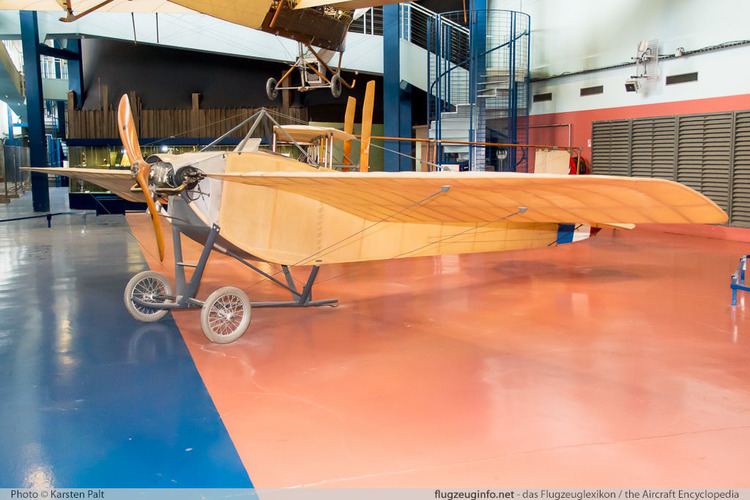 | ||
The Nieuport II was a mid wing monoplane racing or sport aircraft built by the Société Anonyme des Établissements Nieuport between 1910 and 1914 and was noted for its high performance using a small twin-cylinder engine, and winning many races, primarily in France before being used as a trainer during World War One by French flying schools.
Contents
- Background
- Development Design
- Operational history
- Operators
- Survivors Replicas
- Specifications 28 hp Nieuport engine
- References
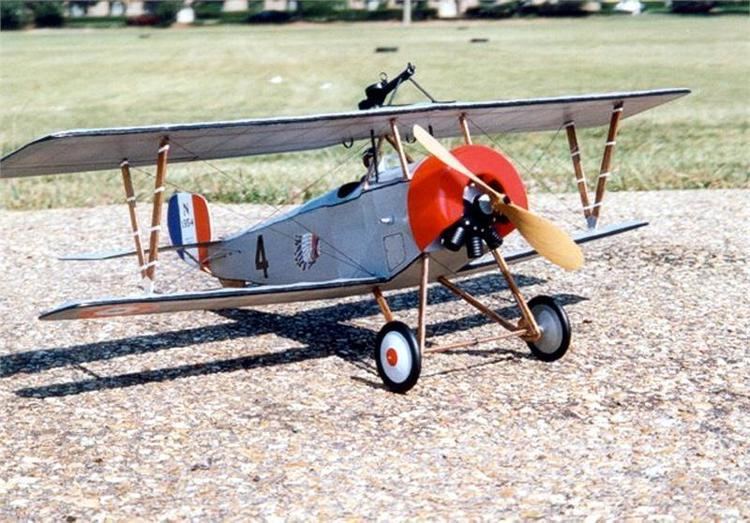
Background
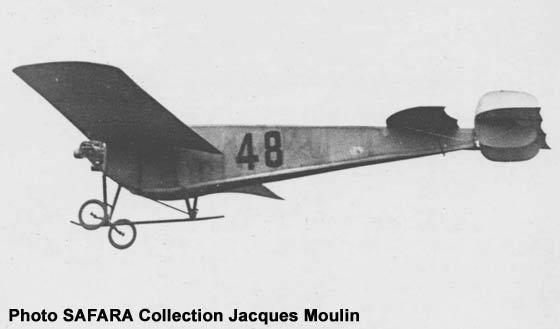
Édouard Nieuport was the owner of a small company which produced spark plugs and magnetos for the automobile industry, and he became involved with aviation through working on the electrical equipment of Henri Farman's Voisin biplane. In 1908 he started constructing his first aircraft, a small monoplane powered by a 20 hp (15 kW) Darracq engine and succeeded in making some brief straight-line flights in it during 1909, but the aircraft, along with many others, was destroyed in the floods which struck Paris in January 1910.
Development & Design
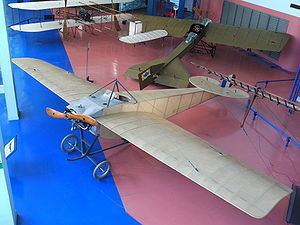
The Nieuport II was the subject of extensive research carried out by the Nieuport brothers in conjunction with the Eiffel Laboratories and benefitted from input from Robert Esnault-Pelterie, who had designed his own low-drag monoplane. The result was a wire-braced monoplane with only a single pair of bracing wires on each side, supplemented with a single pair of control wires to warp the wings for lateral control. The airfoil section was unusual in having a fairly thick (for the period), but sharp leading edge, with the undersides rising up to thin the airfoil out over the majority of the chord. The upper wires led to a pyramidal cabane and the pilot was nearly fully enclosed in the fuselage, with only his head exposed. Initially the undercarriage consisted of a single central skid attached to the fuselage by two inverted V struts, bearing a transverse leaf spring with a wheel on each end. When first flown the tail surfaces consisted of a semicircular horizontal stabiliser mounted on top of the rear of the fuselage, behind which was a universally-jointed assembly combining a rectangular elevator with a pair of rudders. The controls used the joystick to provide yaw (rudder) and pitch (elevator) control, while foot pedals operated the wing warping for lateral control, the pedals moving a torque tube which ran diagonally backwards to the rear v-strut of the undercarriage, where the warping wires were attached. Late examples were available with the modern arrangement as a factory option, using the pedals to control the rudder, as was used on the contemporary Blériot and Deperdussin aircraft. A variety of engines were used, starting with the Darracq, which, despite being developed specifically for Nieuport, proved unsatisfactory, and a variety of engines were tried before the Nieuport brothers developed their own twin-cylinder, horizontally-opposed engine.
Operational history
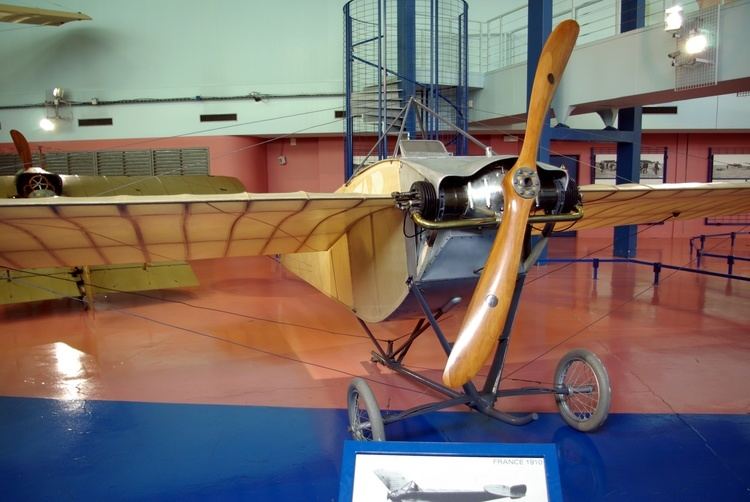
On 11 May Nieuport succeeded in breaking the world speed record for all distances up to 100 km flying a Nieuport II powered by a 28 hp (21 kW) Nieuport engine. His highest recorded speed was 119.63 km/h (74.33 mph)
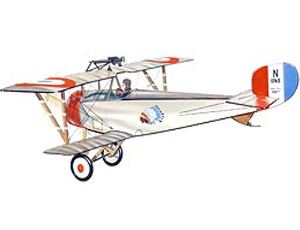
Three were flown in the 1911 Gordon Bennett Trophy at Eastchurch, one flown by Charles Weymann and powered by a 100 hp (75 kW) Gnome double Omega, which won the competition with a speed of 126.67 kph (78.71 mph): a second, powered by a 70 hp (52 kW) Gnome Lambda and flown by Edouard Nieuport, placed third: a third, flown by M Chevalier and powered by a 28 hp (21 kW) Nieuport engine, which failed to finish.
Operators
Most examples were used by individuals, however a small number were purchased by military air arms including:
Survivors & Replicas
Specifications (28 hp Nieuport engine)
Data from "Nieuport II N". Retrieved 21 May 2012.
General characteristics
Performance
